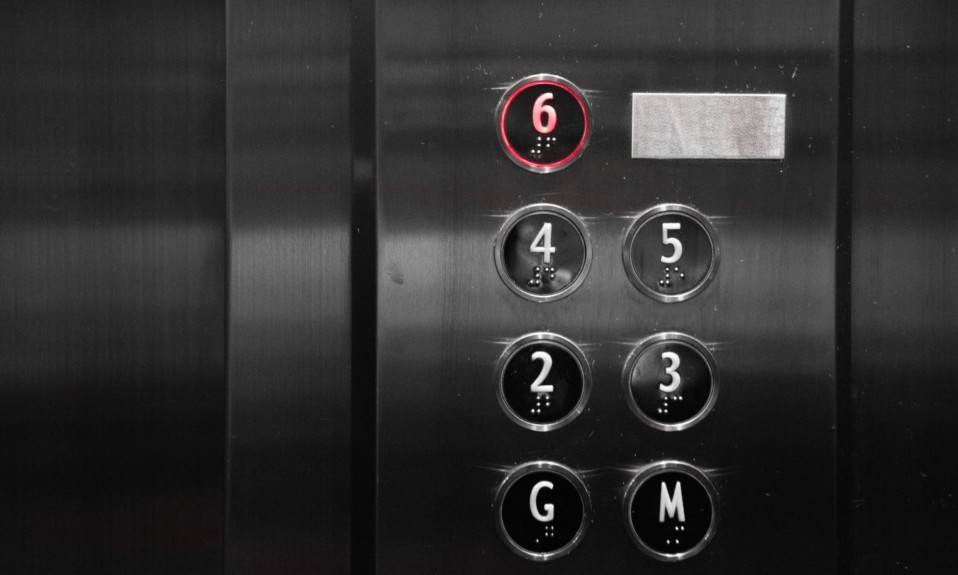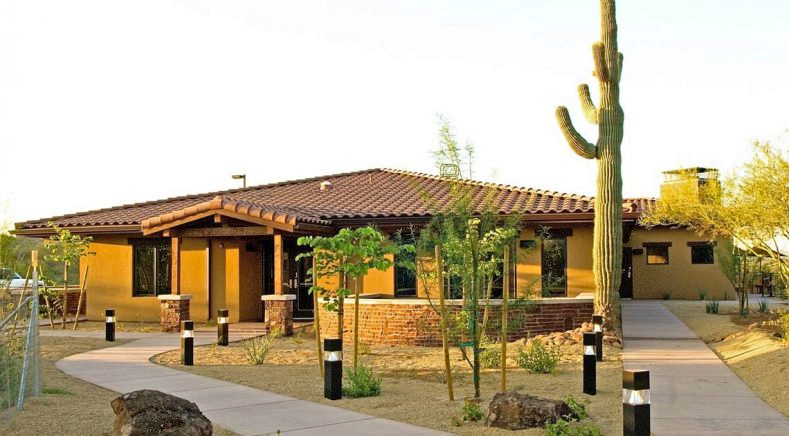| Addiction Treatment Industry Newswire |
 04/14/2012 – ATIN- Paint Valley Addiction and Mental Health Services, an Ohio addiction treatment center drug rehab and alcohol rehab, faces the virtual elimination of its funding from the state after years of cuts. In the next year, it will be more difficult for people without insurance to get drug and alcohol addiction treatment, but state officials say there’s good news on the horizon in that in future more people will qualify for Medicaid, which is where much of the cut treatment funds are being diverted. 04/14/2012 – ATIN- Paint Valley Addiction and Mental Health Services, an Ohio addiction treatment center drug rehab and alcohol rehab, faces the virtual elimination of its funding from the state after years of cuts. In the next year, it will be more difficult for people without insurance to get drug and alcohol addiction treatment, but state officials say there’s good news on the horizon in that in future more people will qualify for Medicaid, which is where much of the cut treatment funds are being diverted.
In fiscal year 2013, which begins in July, about $6 million in state funds for drug and alcohol treatment will be cut in Ohio, as was outlined in the state’s 2012-13 biennium budget. Those funds are targeted for treatment of people who have no insurance and don’t qualify for Medicaid. Paint Valley ADAMH Director Juni Frey said that despite being thrilled with some additional local income expected from a 1-mill replacement levy approved by voters in March, she remains concerned about what will happen with treatment funding at the state and federal levels. The agency got only $30,000 from the state this year for treatment of people without insurance and people who don’t qualify for Medicaid, compared to about $400,000 just two years ago. As another $6 million is cut across the state, that $30,000 also might go away. Some of the funds from the replacement levy will help provide treatment for those targeted groups, but overall, funding will remain at about 10 percent less than it was at its peak in 2008, Frey has said. When questioned about funding during a visit with the Chillicothe Gazette Thursday, Gov. John Kasich deferred comment to Ohio Department of Alcohol and Drug Addiction Services Director Orman Hall. “We’re making progress, but we’re a long way from declaring great success,” Kasich said, adding the fight against drug abuse has been one he continues to push. On Friday, Hall said the funds are only being diverted to another area of drug treatment and that good news is on the horizon for those without insurance and those not presently eligible for Medicaid.. Much of the $6 million will go toward funding matches required by Medicaid in preparation for the implementation of the Affordable Healthcare Act in 2014. Earlier cuts to treatment funds also were largely shifted to Medicaid match due to a “dramatic increase in Medicaid billings,” Hall said.Funds also are being used to take a close look at medically-based treatment options, specifically for opiate addiction, and determining what works best and in what fashion, Hall said. New standards and protocols for treatment have gone out for using Suboxone and are on the horizon for Vivitrol and methadone. “We’re focusing on treatment improvement with the expectation of moving into 2014 with expanded eligibility (for Medicaid services),” Hall said.According to Kasich’s mid-biennium review of the budget, Ohio’s Medicaid program also is shifting coverage to include medication-assisted therapy for an additional 21,000 Ohioans. “This gives us an opportunity to roll out medically-assisted treatment to a population that is highly likely to relapse,” Hall said. Although more people will qualify for Medicaid in 2014, it still leaves those who don’t presently qualify fighting for treatment in the interim. There are some services that will benefit from the changes in the 2013 budget. According to Kasich’s mid-biennium review of the budget, there will be about $1 million provided to regional “hot spots” for “targeted community addiction-treatment services. “The locations that will receive a part of the $1 million haven’t been identified yet, but Paint Valley ADAMH has a chance considering three of the five counties it serves were among the top 25 counties with the highest average rate of overdose deaths between 2006 and 2010, according to Department of Health statistics. Portions of the above story are from the Chilcothe Gazette |













